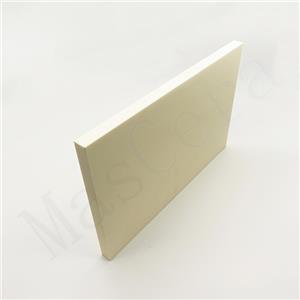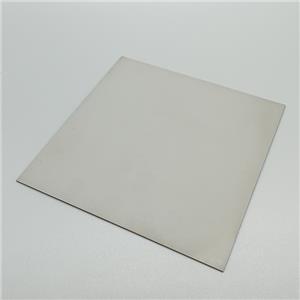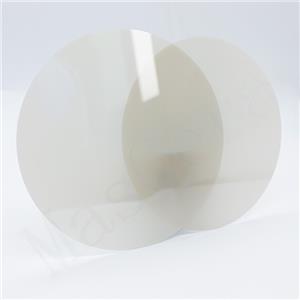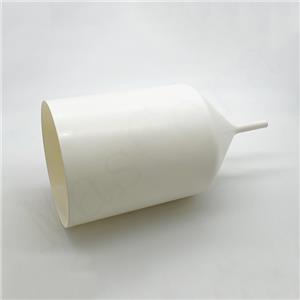The application range of boron nitride crucibles and their usage methods
Boron nitride ceramic crucibles can be used in a vacuum environment up to a temperature of 1800°C, and under a protective atmosphere up to a temperature of 2100°C. The use of nitrogen or argon gas atmosphere is optimal and provides the longest lifespan. Boron nitride crucibles exhibit excellent thermal shock resistance, as they can withstand rapid cooling from 1500°C without cracking. They can also withstand repeated cycles of rapid cooling by blowing cold air after being kept at 1000°C for 20 minutes, without experiencing any cracking.
Mascera high purity boron nitride crucibles are suitable for sintering and smelting:
1.Nonferrous & ferrous metals such as Al, Bi, Ge, Sb, Sn, Cd, Pb, Ni, Zn, Cu, Mg, Im, Fe, Stainless Steel...
2.Glass melt, Soda glass, Cryolite
3.Silicon molten salt, fluoride, slag
Materials that are not suitable for use with boron nitride crucibles are as follows: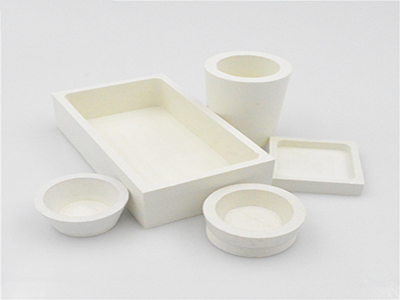
1.Antimony trioxide, chromium dioxide, molybdenum trioxide, arsenic trioxide, titanium carbide, etc.
2.High lead glass enamel, when melted in air at 800-950°C, can corrode boron nitride (BN), but there is no reaction when it is used under a nitrogen or inert gas protection.
3.Phosphoric acid can corrode boron nitride in nitrogen gas at 1400°C, and it can react with hot concentrated alkalis, molten alkalis, and hot chlorine gas.
Precautions for use:
1.The maximum temperature for use in air should not exceed 900°C, as boron nitride will oxidize and peel off when exposed to oxygen above 900°C.
2.Boron nitride is hygroscopic and should not be stored in damp areas. It should not be washed with water but can be wiped off with sandpaper or cleaned with alcohol.

